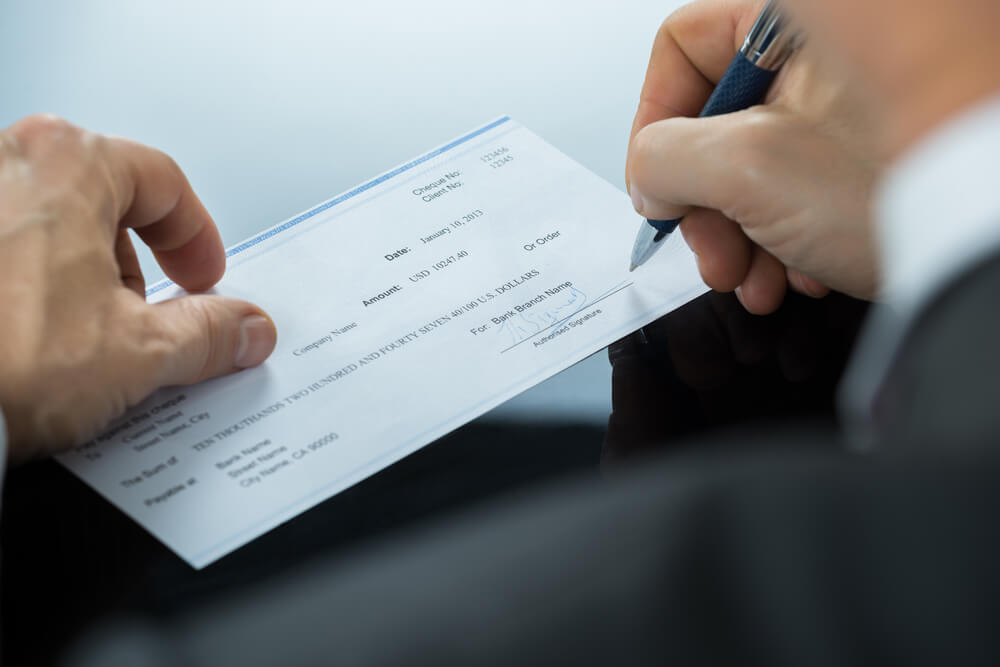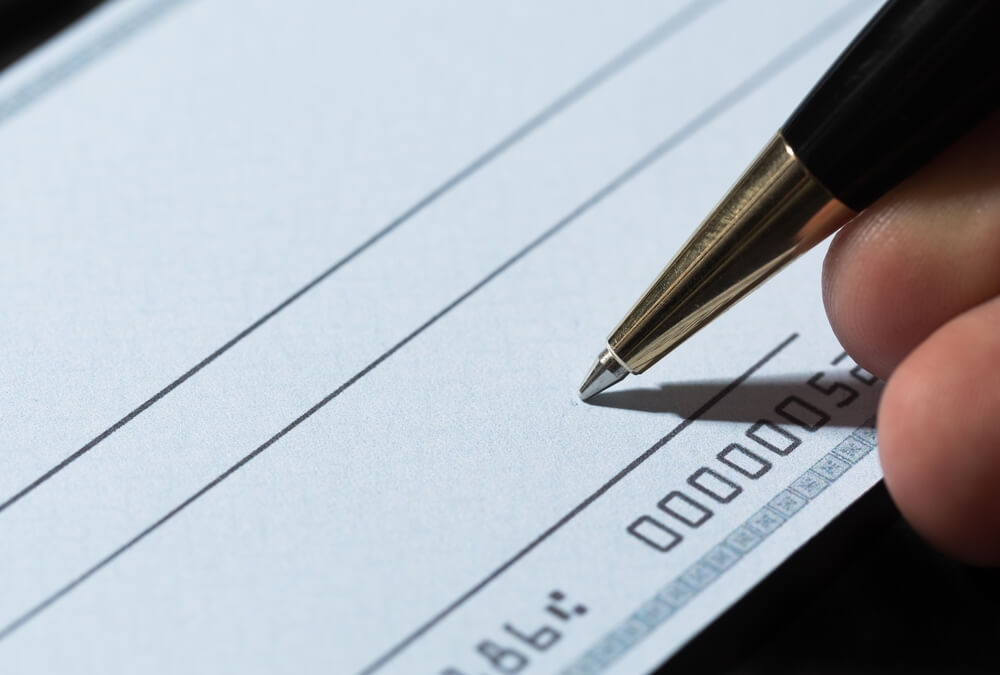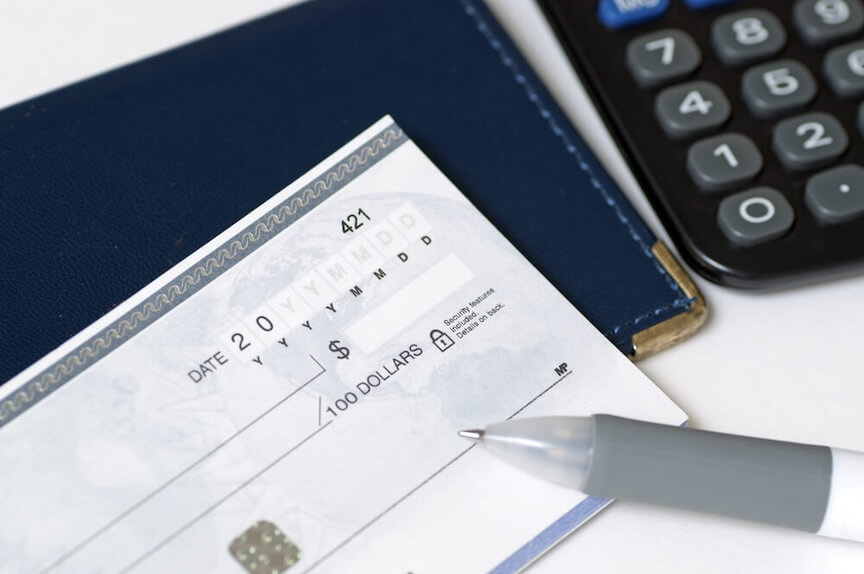Checks are a secure way to pay or get paid, and that hasn’t changed for ages. Getting a check for your services is still a good way to go. However, before you can start getting paid this way, it’s important that you are familiar with different types of checks; otherwise, you might get scammed or simply won’t be able to receive money for your product or service.
The most common types of checks are certified checks and cashier’s checks. If you’re unsure about the difference, now is the time to find out. Here’s a crash course on the most common types of checks.
What Is a Certified Check?
So, what does a certified check look like, and what is it essentially? This type of check is signed by the account holder and verified, or certified by the bank. The check itself is filled like any other check. However, to verify it, you’ll need to visit the bank and complete the process on the spot. You can’t do it over the phone. Instead, you must visit a bank, speak with a bank clerk, and have it certified. Once the bank confirms that you have an account and that the amount written on the check is available in your account, they’ll make it valid and certify it. In most cases, they’ll freeze the amount. This way, you can spend the remaining balance freely. The money from your account will be transferred to the recipient’s account once they withdraw it. Certain fees may apply when verifying the check, so it’s best to call the bank first and ensure you have all the necessary information before visiting the bank.
How to Get a Certified Check?
Now that you know what is a certified check, it’s time to find out how to get one. The only way to get a certified check is to visit a bank. You actually need to be physically present at the bank and sign it on the spot. You can’t do it over the phone or by any other service (app, website, etc.).
Although you can go directly to your bank and ask to have a check certified, it’s best to call them first. You can’t get the check over the phone. You can, however, find out what the requirements are for filling one.
In most cases, you’ll only need an ID, but every bank has a different policy, so it’s best to call them first to prepare the necessary documentation. Once you’ve found out the requirements for getting a certified check, go to a bank and talk to a clerk.
You’ll need to provide your account number, the amount you want on the check, the name of the recipient, and note that you want to include (if any.) From there on, the bank will fill out the rest. They’ll ensure that you actually have an account, and, of course, that the amount you mentioned is available in your balance.
The clerk will ask you to sign it before he can add the bank’s stamp to officially certify it. Once this is done, your certified check will be ready for delivery to the intended recipient.

What Is a Cashier’s Check?
Instead of being signed by the account holder and stamped by the bank, the cashier’s check is signed by the bank as well. Another significant difference between a cashier’s check and a certified check is that the money is sent from the bank’s account instead of yours.
The procedure is essentially the same as with a certified check. You go to a bank, ask for a cashier’s check, then pay the amount you want the check to hold. The bank holds the money, and when the recipient wants to draw it, they’ll transfer it. So from the moment you sign it, the money will be in the bank.
You can send the check to the recipient, and that’s that. Your account isn’t associated with it, and no additional fees will be charged.
How to Get a Cashier’s Check
To obtain one, you can visit a bank or purchase it at another verified location. You’ll need to provide your ID, the recipient’s name, and specify the amount you want the check to hold. Once you pay the amount, the money will be safely stored in the bank’s account. They will sign it, affix their official stamp, and return it to you. From there on, you can send it to the recipient.
Cashier’s Check vs. Certified Check
You’re probably wondering what’s better. Well, both types of checks are considered a secure way to pay someone for rendered services. They provide peace of mind to both parties as the money is stored in the bank. Whether frozen, separated from your account, or on the bank’s account, the recipient will be able to draw the money safely.
One drawback of certified checks is that you will pay a small fee. The amount varies but is usually between $5 and $15. Another drawback is that you can’t stop the payment. Once the bank certifies the check, the amount won’t be available on your balance anymore.

Be Mindful of Frauds
If you’re the one writing the check, you have nothing to fear. However, if you receive a check from a person you don’t entirely trust, you might want to take precautions. In today’s world, technology enables us to do many things. Unfortunately, one of them is forging money and checks.
Although it’s not an easy process, creating a fake check is possible. The amount of time and energy forgers invest in making fraudulent checks is surreal. They’ll need to copy the official stamp from the bank, including the logo, as well as other details that these checks typically feature. Then there’s the watermark, the check number, the bank’s fractional ABA number, the bank’s information, etc.
So, if you’re the one receiving the check, you’ll need to verify that it’s genuine. You can feel the paper, the texture, check the print, logo, stamp, and other details to get a sense if it’s real or fake. However, the best way to find out if the check is valid is to contact the bank. Additionally, it’s preferable that you visit the bank in person instead of calling and explaining the issue. It’s always better to do these things in person than over the phone. Once you speak with a clerk and present them with the check, they’ll verify that the account exists and that the amount is credited to the account holder’s or the bank’s account.
For more information on how to obtain a check, fill it out, and the requirements for each type, please visit our website. You will find a variety of useful information related to every aspect of issuing checks and check-issuing services in our blog section.
Last updated: September 2025

